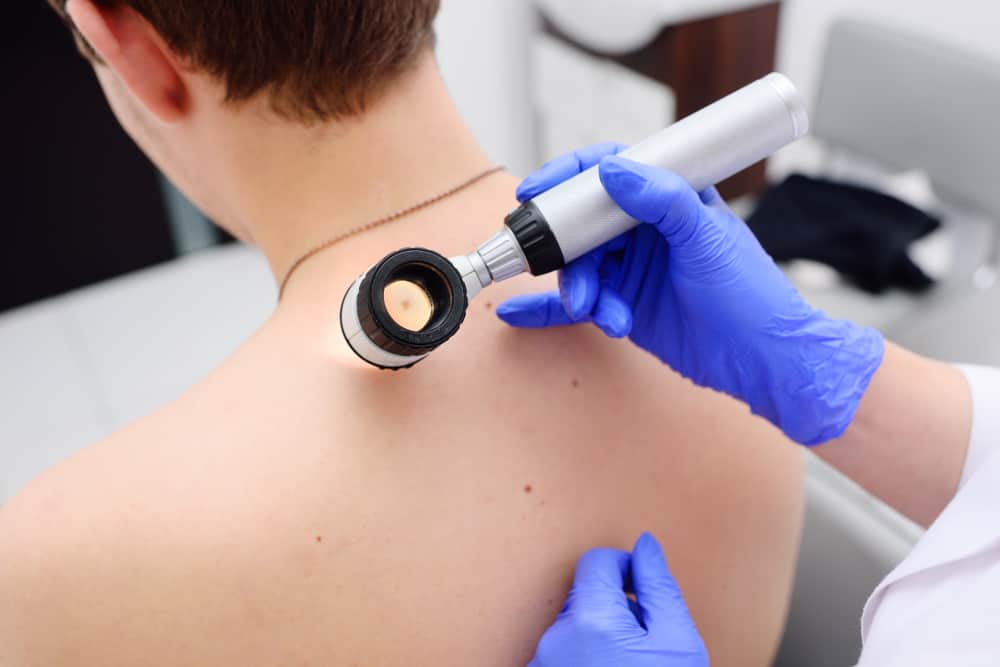Contents:
- Medical Video: How Skin Checks Work
- Recognize the symptoms of melanoma skin cancer with the ABCDE rule
- A: Asymmetry (asymmetry)
- B: Border (periphery)
- C: Color (color)
- D: Diameter
- E: Evolution
- Tips for checking moles to detect symptoms of melanoma
Medical Video: How Skin Checks Work
Moles are a common skin condition that often appears in most people. However, some cases of moles can turn into melanoma cancer. Well, so you don't get confused about distinguishing common moles and need to be aware, you can detect symptoms of melanoma skin cancer with the ABCDE rule. How to? See the explanation below.
Recognize the symptoms of melanoma skin cancer with the ABCDE rule
Melanoma is one of the deadliest types of skin cancer in the world. According to the Skin Cancer Foundation, the number of new cases of melanoma increased by 53 percent from 2008 to 2018.
In fact, the success rate of treating melanoma skin cancer can reach 99 percent if the cancer can be detected early. However, if melanoma has spread to the lymph nodes, the recovery rate is only 63 percent.
That is why melanoma skin cancer needs to be detected early so that it can be cured completely. One way you can do this is to detect a mole with suspected symptoms of melanoma cancer using the ABCDE rule.
For more details, let's peel one by one.
A: Asymmetry (asymmetry)
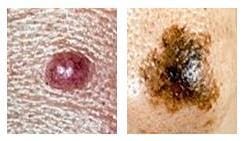
Normal moles are generally symmetrical. That is, if you draw a line in the middle of a mole, then both sides will look the same.
However, if you find a mole that is irregular in shape and tends to spread, this might be a sign of melanoma.
B: Border (periphery)
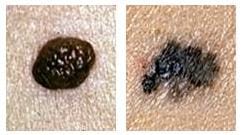
One symptom of melanoma skin cancer that you can see is from the shape of the edge of a mole. Normal moles are usually round in shape with edges that are flat, clear and regular.
While moles that are not normal, tend to have boundaries or edges that are uneven, have curves, or jagged edges. If you find this one symptom, immediately consult a doctor.
C: Color (color)
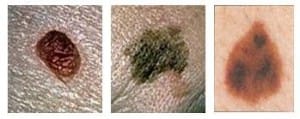
Symptoms of melanoma skin cancer can be easily seen from the color. Normal moles are generally brown, black, or grayish.
Meanwhile, abnormal moles have different colors. The color can turn black, gray, white, red or even bleed. The color also seems to spread to a younger color, like when you're drawing with watercolors.
D: Diameter
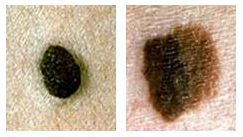
Enlarged moles quickly can be suspected of being a symptom of melanoma. Usually, signs of melanoma cancer can be seen from the diameter of a mole that is larger than the size of a pea or about six millimeters. However, there are also cases of melanoma with a diameter that tends to be small.
E: Evolution
For those of you who are 30 years and over and experience a growth in new moles, you need to be vigilant. Because the age generally does not experience the growth of new moles.
So, be aware if you find a new mole that grows abnormally. Especially if accompanied by itching, burning sensation, and abnormal colors, immediately consult a doctor to confirm the diagnosis.
Tips for checking moles to detect symptoms of melanoma
To make it easier to detect symptoms of melanoma, use a mirror so that you more easily pay attention to the mole on the whole body. If you use a small mirror, don't hesitate to ask for help from family members to help you.
First, start from the head and go down slowly. Pay attention to all parts of your body, including the face and body of the front, scalp, back, to the fingernails and toes.
Don't miss the folds of the body such as groin, back of thighs, soles of feet, knees, between fingers and toes. Because the mole of the symptoms of melanoma cancer most often appears on the back, legs, hands and face.
In this way, you can easily see the condition of your mole while doing the ABCDE rule. If you find any suspicious changes in the mole in terms of color, shape, and size, immediately consult a doctor to prevent further development.

